-
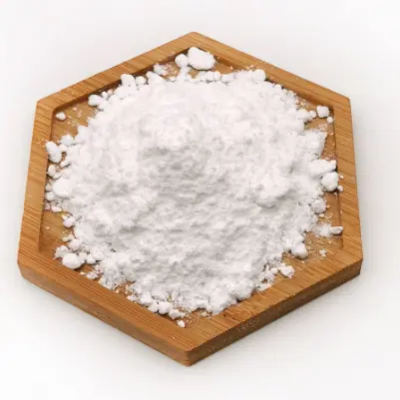
2-(Piperidin-3-yl)propanoic acid hydrochloride CAS:1909311-75-6
2-(Piperidin-3-yl)propanoic acid hydrochloride is a chemical compound characterized by a piperidine ring substituted with a propanoic acid moiety, presented as the hydrochloride salt. This molecule’s unique structure provides specific reactivity and potential applications in organic synthesis and medicinal chemistry. 2-(Piperidin-3-yl)propanoic acid hydrochloride serves as a valuable intermediate for the preparation of various organic compounds due to its distinctive functional groups and versatile nature.
-
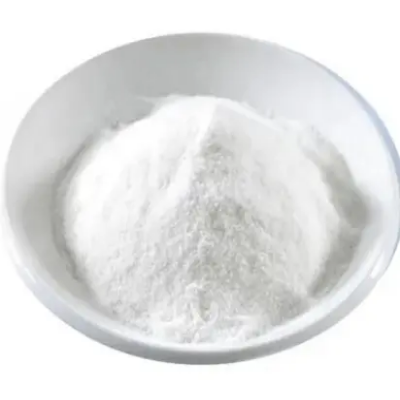
2-(1-(tert-butoxycarbonyl)piperidin-3-yl)propanoic acid CAS:934342-38-8
2-(1-(tert-butoxycarbonyl)piperidin-3-yl)propanoic acid is a chemical compound characterized by a propanoic acid moiety attached to a piperidine ring substituted with a tert-butoxycarbonyl (Boc) protecting group. This molecule’s unique structure imparts specific reactivity and potential applications in organic synthesis and medicinal chemistry. 2-(1-(tert-butoxycarbonyl)piperidin-3-yl)propanoic acid serves as a versatile building block for the preparation of various organic compounds due to its distinct functional groups and protective functionalities.
-
![(7S)-6,7-dihydro-5H-cyclopenta[b]pyridin-7-amine hydrochloride CAS:2044711-36-4](https://cdn.globalso.com/xindaobiotech/NIQ7288PPWVEXNL@IMY227.png)
(7S)-6,7-dihydro-5H-cyclopenta[b]pyridin-7-amine hydrochloride CAS:2044711-36-4
(7S)-6,7-dihydro-5H-cyclopenta[b]pyridin-7-amine hydrochloride is a chemical compound known for its structural features and potential applications in various fields. This molecule comprises a cyclopenta[b]pyridine core substituted with an amine group and exists as the hydrochloride salt form. With its unique configuration as a 7S stereoisomer, (7S)-6,7-dihydro-5H-cyclopenta[b]pyridin-7-amine hydrochloride offers intriguing reactivity and properties that make it a valuable compound for synthetic chemistry and research endeavors.
-
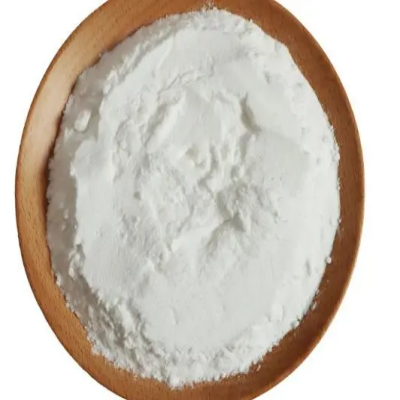
5-bromo-7-chloro-2-methyl-1,3-benzoxazole CAS:1226070-17-2
5-bromo-7-chloro-2-methyl-1,3-benzoxazole is a chemical compound characterized by a benzoxazole ring system substituted with bromine, chlorine, and methyl groups. This molecule’s unique structure imparts specific reactivity and potential applications in organic synthesis and pharmaceutical research. 5-bromo-7-chloro-2-methyl-1,3-benzoxazole serves as a versatile building block for the preparation of diverse organic compounds due to its distinct structural features and functional groups.
-
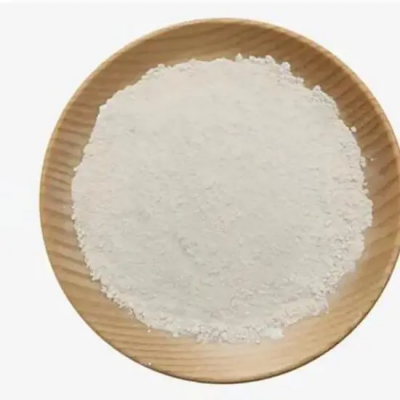
1-tert-butyl 2-methyl 5-(hydroxymethyl)piperidine-1,2-dicarboxylate CAS:2891597-19-4
1-tert-butyl 2-methyl 5-(hydroxymethyl)piperidine-1,2-dicarboxylate is a chemical compound characterized by the presence of a tert-butyl group and a methyl group attached to a piperidine ring substituted with a hydroxymethyl group and two carboxylate moieties. This complex molecule exhibits unique structural features that confer diverse reactivity and potential applications in synthetic chemistry. 1-tert-butyl 2-methyl 5-(hydroxymethyl)piperidine-1,2-dicarboxylate serves as a valuable intermediate for the synthesis of various organic compounds due to its distinct functional groups and potential versatility.
-
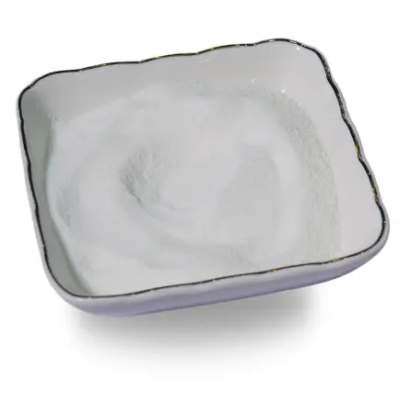
Lipoic Acid Powder Solvent Free CAS:62-46-4
Lipoic Acid Powder Solvent Free is a pure form of lipoic acid presented in a powdered, solvent-free formulation. Lipoic acid, also known as alpha-lipoic acid (ALA), is a potent antioxidant that plays a crucial role in cellular energy production and overall health. This high-quality powder offers the benefits of lipoic acid without any added solvents, ensuring purity and effectiveness in various applications.
-
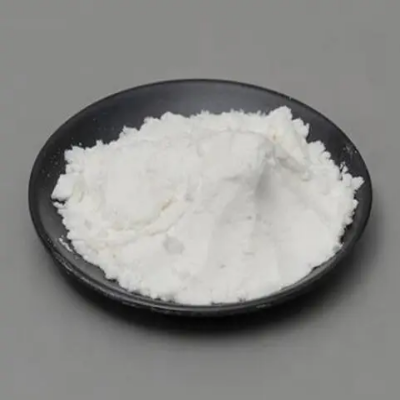
(S)-2-broMo-1-(4-chlorophenyl)ethanol CAS:179065-35-1
(S)-2-bromo-1-(4-chlorophenyl)ethanol is a chiral chemical compound featuring a bromo-substituted ethyl chain attached to a chlorophenyl ring, with a stereocenter that gives rise to its optical activity. This molecule’s asymmetric structure provides unique reactivity and potential applications in organic synthesis and medicinal chemistry. (S)-2-bromo-1-(4-chlorophenyl)ethanol serves as an important building block for the preparation of various enantiopure compounds due to its chiral nature and functional groups.
-
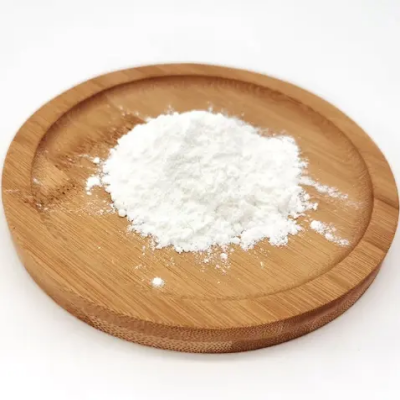
N-Methyl piperazine CAS:109-01-3
N-Methyl piperazine is an organic compound with the molecular formula C5H12N2. It belongs to the class of piperazines and is characterized by the presence of a methyl group (-CH3) attached to one of the nitrogen atoms in the piperazine ring.
-

o-Methoxy-2-benzeneethanamine CAS:2045-79-6
o-Methoxy-2-benzeneethanamine, also known as o-Methoxyphenethylamine or 2-(2-methoxyphenyl)ethanamine, is an organic compound with the molecular formula C9H13NO. It belongs to the family of phenethylamines and is structurally similar to amphetamine.
-

p-Phenylbutoxybenzoic acid CAS:30131-16-9
p-Phenylbutoxybenzoic acid is commonly used as a chemical intermediate in organic synthesis. Its unique structure allows for various chemical reactions, enabling the preparation of diverse compounds. This compound serves as a valuable building block for the production of pharmaceuticals, agrochemicals, and other fine chemicals.
-
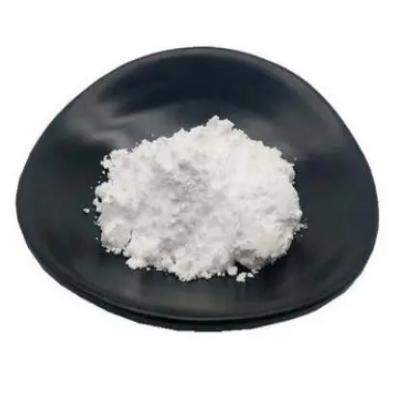
N,N-Diethylcyanoacetamide CAS:26391-06-0
N,N-Diethylcyanoacetamide is an organic compound with the molecular formula C9H15N3O. It belongs to the class of cyanoacetamides and is characterized by the presence of two ethyl groups (-C2H5) attached to the nitrogen atom, and a cyano group (-CN) attached to the carbonyl carbon.
-
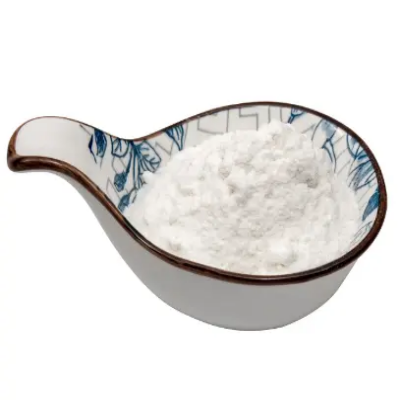
Trifluoro-p-tolunitrile CAS:455-18-5
Trifluoro-p-tolunitrile is commonly used as an intermediate in organic synthesis. Its unique structure allows for the introduction of different functional groups through chemical reactions, enabling the preparation of diverse compounds. This compound serves as a building block for the production of pharmaceuticals, agrochemicals, and other fine chemicals.

